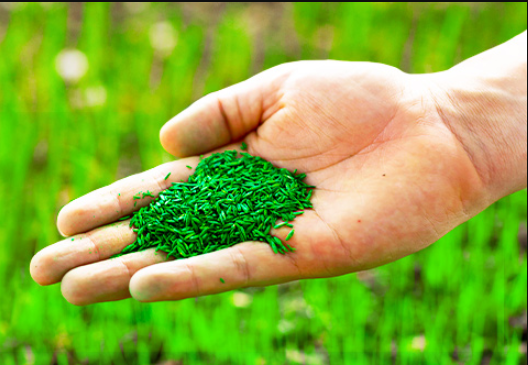When it comes to maintaining a lush, green lawn, most people focus on watering, mowing, and maybe fertilizing. But there’s one crucial element that often gets overlooked: the type of grass seed you choose. Believe it or not, not all grass is created equal, and selecting the right kind of seed can make a significant difference in the health and appearance of your lawn. Let’s dive into the secret world of grass seed and explore the varieties that work best in different climates and regions.
Why Grass Seed Matters
Choosing the right grass seed is more than just picking a bag off the shelf at your local garden center. Different grass species are adapted to thrive in various conditions, from scorching heat to chilly winters. Using the wrong type of seed for your region can result in a patchy, unhealthy lawn that requires more maintenance and resources to keep green.
Types of Grass Seed for Different Climates
Cool-Season Grasses
Cool-season grasses are best suited for regions with cold winters and moderate summers. They thrive in temperatures between 60-75°F and can withstand freezing temperatures. Some common types of cool-season grasses include:
- Kentucky Bluegrass: Known for its rich, deep green color and fine texture. It’s highly drought-resistant and can handle cold winters, making it perfect for northern regions.
- Fescue: There are several varieties of fescue, including tall fescue and fine fescue. Tall fescue is durable and can tolerate heat and drought, while fine fescue is ideal for shady areas.
- Ryegrass: Quick to germinate, ryegrass is often used for overseeding existing lawns or as a temporary cover. It grows well in cooler temperatures and provides a vibrant green lawn.
Warm-Season Grasses
Warm-season grasses flourish in hot, humid climates and remain dormant during the winter. They grow best in temperatures between 75-90°F. Popular warm-season grasses include:
- Bermudagrass: Extremely resilient and tolerant of heat and drought, Bermudagrass is perfect for southern states. It has a dense, dark green appearance and recovers quickly from damage.
- Zoysiagrass: Known for its thick, carpet-like texture, Zoysiagrass is drought-tolerant and can handle heavy foot traffic. It’s an excellent choice for lawns and golf courses in warm climates.
- St. Augustinegrass: This grass is highly tolerant of heat and humidity, making it ideal for coastal regions. It has a coarse texture and forms a dense turf that crowds out weeds.
Choosing the Right Grass Seed for Your Region
To ensure you select the best grass seed for your lawn, consider the following factors:
- Climate: Know whether your region is considered a cool-season or warm-season area. This is the most crucial factor in selecting the right grass seed.
- Sun Exposure: Some grasses thrive in full sun, while others are better suited for shaded areas. Assess the amount of sunlight your lawn receives throughout the day.
- Soil Type: Different grasses prefer different soil conditions. Conduct a soil test to determine its pH level and nutrient content, then choose a grass type that matches those conditions.
- Water Availability: Consider how much water your lawn will receive, whether from rainfall or irrigation. Drought-resistant varieties are essential in areas with water restrictions.
Conclusion
Most people don’t realize the impact that choosing the right grass seed can have on the health and beauty of their lawn. By understanding the different types of grass seeds available and their suitability for various climates and regions, you can create a lush, green lawn that thrives year-round. Next time you’re at the garden center, take a moment to consider the best grass seed for your area—you’ll be amazed at the difference it can make.
Happy planting!

